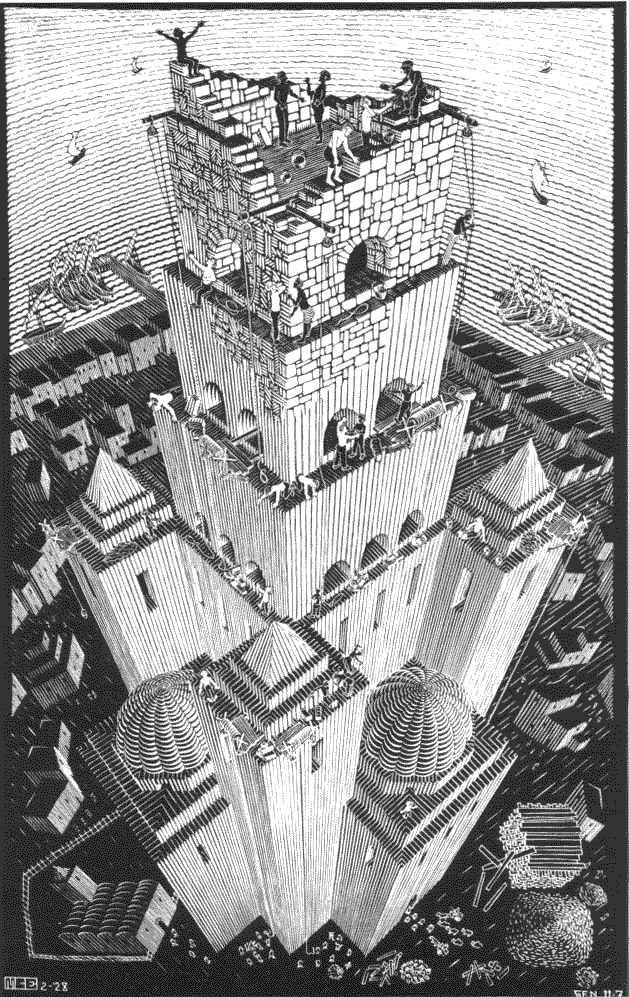Finder
Veteran
i agree with this line of thinking (and with others who have said similar)...but if this IS the case then why are folks so freaked out about the 'dreaded crop factor' ?
I am starting to think that the answer is not in the FoV. I think it is viewfinder magnification and angular size of the viewfinder image that is the cause. I know when I switch from cameras, 6x6, 6x12, 4x5, 35mm, I also prefer different focal lengths. Perhaps it is the aspect ratio, perhaps it is the image I see in the viewfinder.
The answer is certainly not about optics. It does not matter what the image circle is on a lens, it just matters how much is used. The optics are understood and that does not give you the answer. So it has to be something else.
Last edited:






